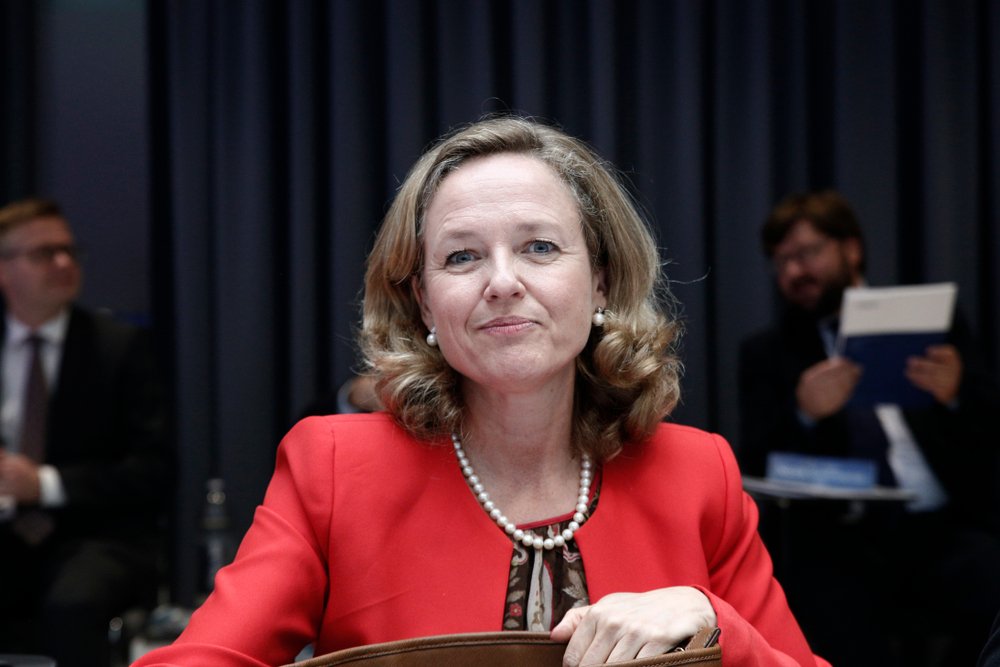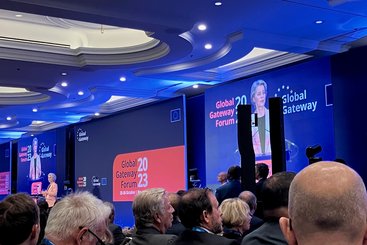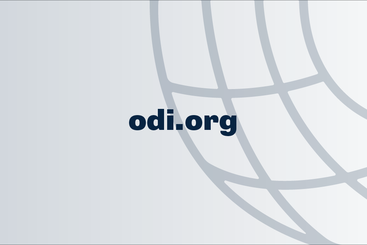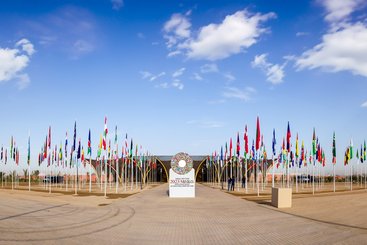Last week, the Finance Ministers of the European Union (EU) made history by giving the green light to appoint Nadia Calviño as the first female President of the European Investment Bank (EIB).
Her nomination, after a turbulent and lengthy selection process, is a significant milestone for gender equality in leadership roles in Europe. With Christine Lagarde at the European Central Bank, Ursula Von der Leyen as President of the European Commission, Odile Renaud-Basso at the European Bank for Reconstruction and Development, and Nadia Calviño at the EIB, four of the top positions in the EU government and financial institutions will be held by powerful and accomplished women.
The EIB is the world’s largest multilateral development bank. It serves the 27 EU member states and is a great example of how pooling resources together can help reduce borrowing costs for its members. In 2022, the EIB approved over EUR 63 billion of new projects in EU member states. The bank's operational objective is not based on whether a country needs multilateral development bank (MDB) support, but rather on setting specific investment objectives agreed upon by shareholders and using the bank's balance sheet to achieve them. This may involve direct investment in projects that are not appealing to private investors, or providing credit enhancements, technical assistance, and policy advice if a project is close to being market-ready. The EIB Global, which is the arm of the EIB lending to partner countries (or non-EU member states), approved over EUR 12 billion of new projects outside the EU in 2022. This includes financial support to war-torn countries like Ukraine. Between 2018 and 2020, the EIB Global was also the MDB that spent the largest proportion of its portfolio (45.3%) on projects addressing climate mitigation; in comparison, the World Bank Group invested just 15.6% over the same period.
Calviño will likely take the reins as the new President of the EIB in January, succeeding Werner Heuer who held the position for 12 years. Like her predecessor, she will need to address the aftermath of major financial and economic crises. Calviño, however, will need to navigate a more divided European Union that faces various geopolitical tensions, as well as tackling issues related to EU projects such as the role of the EIB within the EU’s Global Gateway external strategy.
As Calviño assumes the presidency, with these many challenges, it’s clear that she will have a great deal to manage with both EU and non-EU member states.
If the EU is to deliver on its foreign and development policy objectives, we urge Nadia Calviño to focus on four areas of reform for the EIB, particularly in non-EU member and partner countries around the world:
1. Harness the role of the EIB in shaping the future of European development policy
Over the last decade the EIB has played a greater role within the European Financial Architecture for Development, supporting EU priorities for external action by leveraging its distinctive technical expertise and resources to mobilise private investment. It signed a guarantee agreement with the European Commission last year to support the launch of the Global Gateway, the EU’s investment strategy worldwide. In advance of next year’s new Commission and Parliament, there is still work to be done on the EU’s external strategy, for example, in consolidating the governance structure of the Gateway. The EIB is an important partner for the Commission in such debates. On topics such as facilitating greater business engagement, the EIB’s contributions could be key to ensuring that the EU’s strategic ambitions are met, in line with key European sustainable development treaties, agreements, and strategies.
2. Navigate funding pressures to appropriately resource the EIB Global Strategic Roadmap
The EIB operates in a challenging financing landscape, and yet, it is crucial that it remains committed to supporting EU development and external action. The Global Strategic Roadmap provides an overview of key priorities, such as increasing complementarity with UN agencies, and these will require appropriate resourcing. The strategy aims to ensure long-term financial sustainability of its activities on a standalone basis. Meanwhile, the bank should resource this key political area.
3. Fully empower the EIB Global, taking greater risk with operations in non-EU and partner countries around the globe
The EIB Global was set up in early 2022 as a separate branch of the EIB, working with non-EU and partner countries around the world. This was partly in response to the analysis and the recommendations of the independent report by the High-Level Group of Wise Persons on the European financial architecture for development, published in October 2019. The report criticised the EIB for being too risk-averse with regards to operations outside the EU, especially in sub-Saharan Africa. It noted a limited staff presence outside of the EU as well as little or no experience in working with low-income countries and countries with fragilities. Most EIB Global senior management positions, including that of a permanent Managing Director, remain vacant. These appointments should be a priority for Nadia Calviño, as well as increasing the EIB Global’s presence on the ground to become an effective development bank.
4. Embrace the reform agenda of multilateral development banks
The MDB reform agenda has recently been the focus of debates that address the future of international finance. First on the agenda have been the review of MDB capital adequacy frameworks under the Italian G20 Presidency and the recommendations of the independent expert group on strengthening MDBs, set up under the Indian G20 Presidency. Whilst the EIB has its own Global Strategic Roadmap and has collaborated with other MDBs to harmonise its procurement systems in Ukraine, much more must be done to enable greater impact across the ecosystem. Recommendations range from maximising the lending potential of its balance sheet, streamlining operations to reduce the time from concept to first disbursement, and working more closely with other local partners and other MDBs, both at the technical and at the strategic level.
Nadia Calviño's appointment as President of the EIB comes at a crucial time for the EU's external action and development policy. The EIB plays a key role within the European Union’s foreign and development toolbox and under Calviño’s leadership, it has the potential to have even greater influence. By focusing on the four areas of reform as outlined above, particularly in non-EU member and partner countries, Calviño can ensure that the EIB will continue to play an important role in scaling up investment for transformative change.






